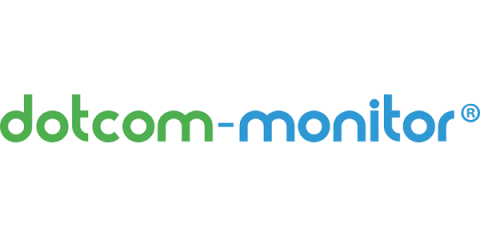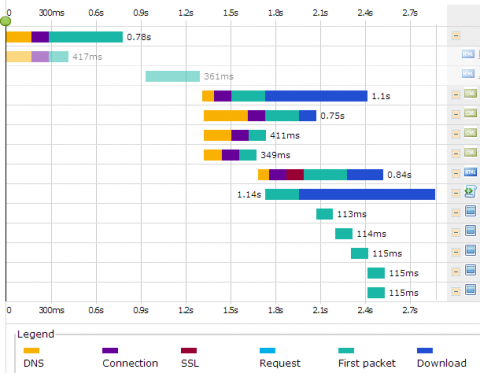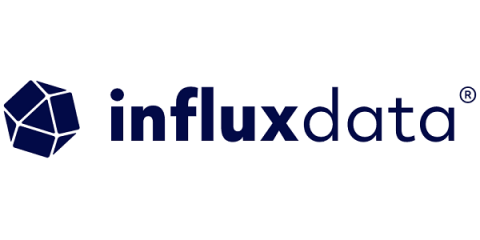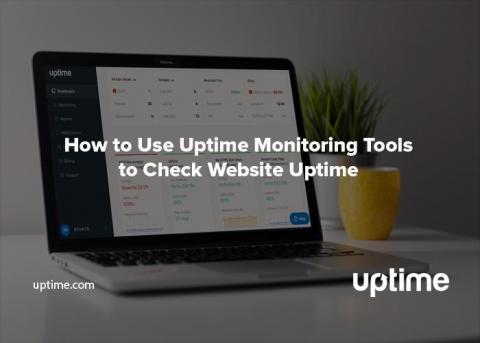How Identity Management Authentication Works
An organization can have multiple systems like Active Directory, SharePoint, Oracle, Outlook, Teams or simply web applications and they may have hundreds or thousands of employees or outside organization users that can access these systems. Managing accounts of every user and allowing proper access to their respective system is called Identity and Access Management (IAM).









